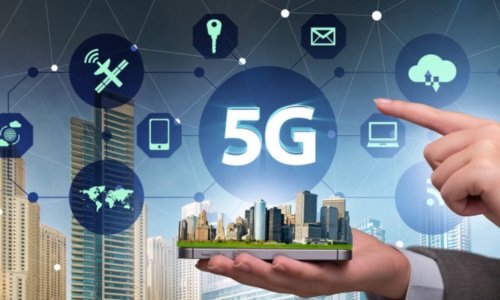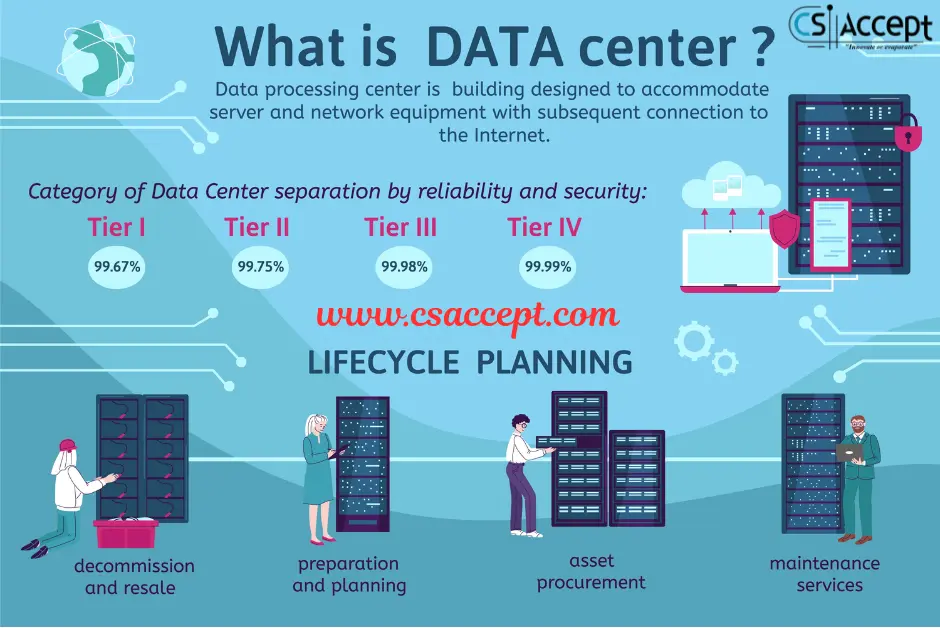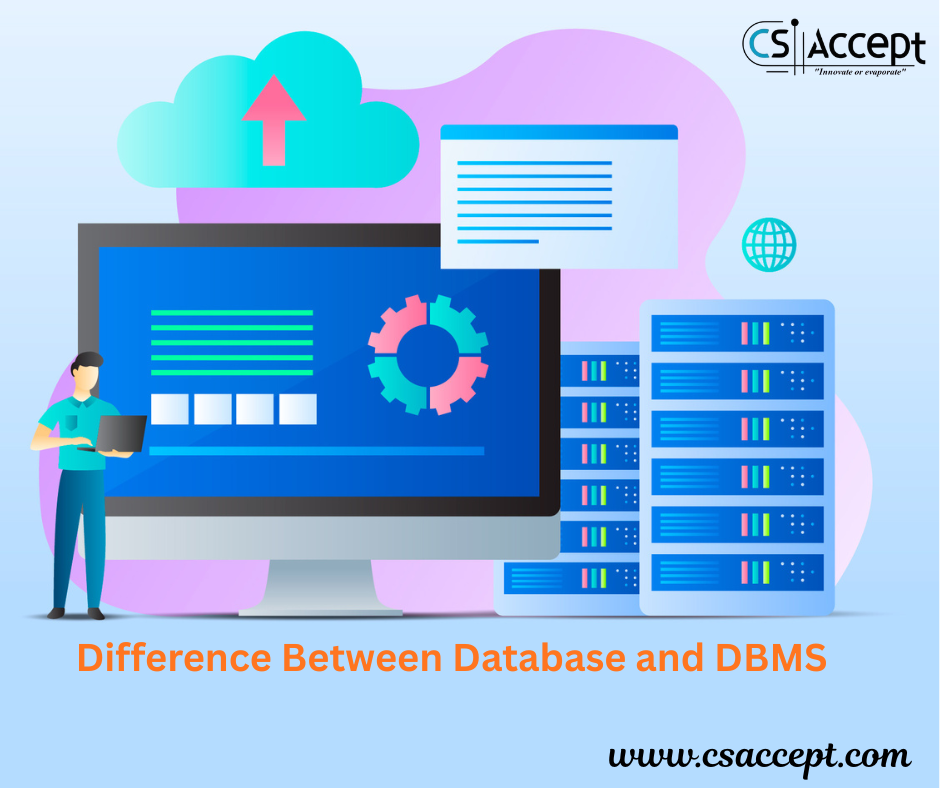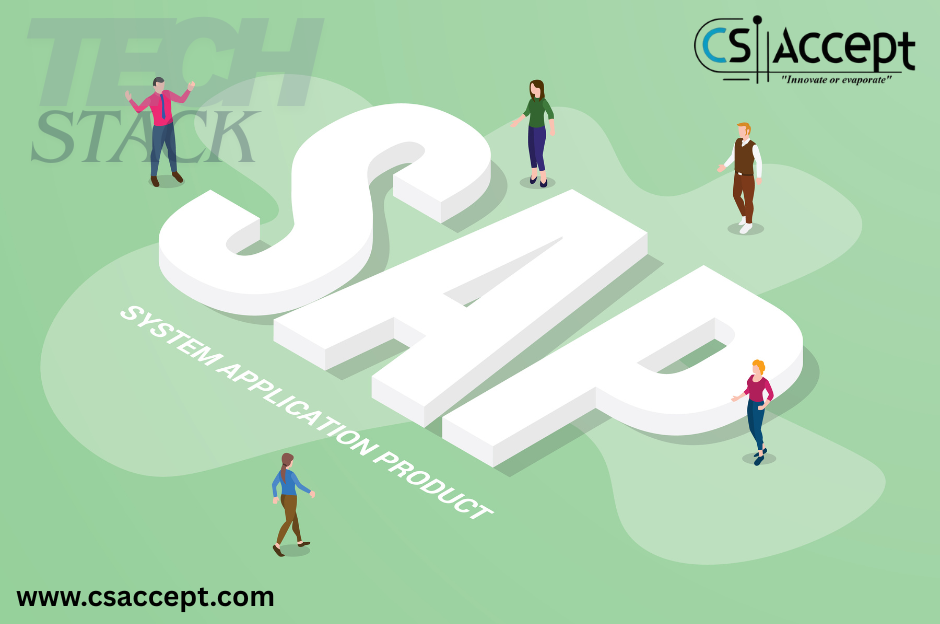
1. Introduction: The Role of 5G in Modern Technology
The fifth generation of wireless communication (5G) is a revolutionary leap from 4G LTE. It is not just a faster internet — it’s a technological foundation enabling real-time data exchange, ultra-low latency, massive device connectivity, and high reliability. These attributes are transforming how smart devices (IoT) and drones (UAVs) operate, communicate, and collaborate in ways that were either impossible or inefficient before.
2. Key Features of 5G That Empower Smart Devices and Drones
| Feature | Impact on Smart Devices and Drones |
|---|---|
| High Speed (Up to 10 Gbps) | Enables fast data transmission, like HD video from drones or real-time updates from sensors. |
| Ultra-Low Latency (<1 ms) | Critical for real-time control, especially in drone piloting or robotic automation. |
| Massive Device Connectivity (Up to 1M devices/sq km) | Supports vast networks of smart sensors and connected devices. |
| Network Slicing | Creates dedicated virtual networks for different use cases (e.g., drones vs. medical IoT). |
| Improved Reliability and Uptime | Ideal for mission-critical operations like delivery drones or healthcare wearables. |
3. Smart Devices: How 5G is Transforming IoT
A. What Are Smart Devices?
Smart devices are electronic gadgets that connect to other devices or networks via the internet. Examples include:
- Smart home appliances (e.g., thermostats, lights)
- Wearables (e.g., fitness trackers, smartwatches)
- Industrial sensors
- Medical monitoring devices
- Smart city infrastructure (e.g., traffic lights, environmental sensors)
B. Challenges Before 5G
- Limited bandwidth and speed
- Network congestion with many devices
- High latency preventing real-time feedback
- Inconsistent connections in dense urban areas
C. 5G Solutions
- Supports billions of IoT devices simultaneously
- Offers real-time responsiveness, allowing edge processing and faster decision-making
- Power-efficient protocols suitable for battery-operated sensors
D. Real-World Examples
1. Smart Homes
- Example: Smart thermostats like Nest use 5G to respond instantly to weather changes, user commands, and even predict user behavior with cloud-based AI.
2. Healthcare Monitoring
- Example: A patient wearing a smart ECG monitor can have their heart data streamed in real-time to a hospital using 5G, enabling instant intervention if anomalies are detected.
3. Smart Cities
- Example: A network of air quality sensors in a city transmits real-time data to environmental departments. 5G enables dynamic traffic management, adjusting signals based on congestion and pollution.
4. Industrial IoT (IIoT)
- Example: A factory uses 5G-connected robotic arms and AI vision systems to detect defective products on the assembly line and remove them in milliseconds.
4. Drones and 5G: Next-Level Autonomy and Control
A. Drones: Overview
Drones, or UAVs (Unmanned Aerial Vehicles), are used in various industries:
- Delivery (e.g., Amazon Prime Air)
- Agriculture (crop monitoring, spraying)
- Infrastructure inspection (bridges, pipelines)
- Emergency response
- Media and entertainment
- Surveillance and security
B. Limitations of Pre-5G Networks
- High latency: Delayed response in real-time operations
- Short range: Limited control due to reliance on Wi-Fi or low-range RF
- Lack of reliability: Risky for high-stakes missions
- Low-quality video transmission
C. How 5G Changes the Game
| Functionality | 5G Benefit |
|---|---|
| Remote Control | Ultra-low latency allows precision piloting from afar. |
| Real-Time HD Video Streaming | Live feeds from drones in 4K or even 8K for surveillance or media. |
| Fleet Coordination | Multiple drones can communicate and act as a swarm. |
| BVLOS (Beyond Visual Line of Sight) | 5G extends safe operation beyond pilot’s view. |
| Edge Computing | Drones can process and analyze data mid-flight using edge/cloud infrastructure. |
D. Real-World Examples
1. Delivery Drones
- Company: Zipline, Wing (by Alphabet), Amazon Prime Air
- Use Case: 5G enables drones to fly autonomously and deliver goods in real time while coordinating with air traffic control systems.
- Example: In Rwanda, Zipline uses drones to deliver blood and medical supplies to remote clinics. With 5G, real-time route changes due to weather or emergencies become possible.
2. Agricultural Drones
- Use Case: Precision agriculture
- Example: A drone scans a large cornfield using 5G-enabled cameras and sensors. AI analyzes data in real time and sprays only areas that need fertilizer, optimizing resources and reducing environmental impact.
3. Public Safety & Emergency Response
- Use Case: Search and rescue
- Example: After an earthquake, 5G drones equipped with thermal imaging fly over debris fields to detect trapped survivors, sending real-time video to rescue teams.
4. Infrastructure Inspection
- Company: AT&T Drone Program
- Use Case: Inspection of 5G towers and bridges
- Example: A drone inspects a damaged bridge with ultra-HD 5G cameras and LiDAR, streaming the data live to engineers for immediate assessment and action planning.
5. Synergy Between Smart Devices and Drones Using 5G
- Smart cities + drones: Drones collect citywide data (traffic, pollution) and transmit it to urban planning systems.
- Smart agriculture: Ground sensors detect soil moisture; drones deliver water or fertilizer to precise locations.
- Healthcare: Smart wearables monitor vital signs. If an emergency is detected, a 5G drone delivers a defibrillator or medication before an ambulance arrives.
6. Technical Architecture: How It All Works
A. 5G Components Relevant to IoT and Drones
- Edge Computing: Data processed closer to the device for faster decision-making
- MEC (Multi-access Edge Computing): Reduces latency to nearly zero
- Network Slicing: Dedicated bandwidth for mission-critical drone fleets or hospital equipment
- mmWave Technology: Provides high speed for data-heavy applications, though with shorter range
- Massive MIMO (Multiple-Input Multiple-Output): Increases capacity for dense environments (e.g., cities)
B. Security & Reliability
- Encrypted Connections: End-to-end security for medical, military, or commercial drone operations
- Redundant Paths: If one network path fails, 5G reroutes data instantly
- Remote Authentication & Control: Operators can access or control drones and smart systems securely from anywhere
7. Sector-Specific Impacts
A. Agriculture
- Drones and ground sensors communicate in real time via 5G.
- Predictive analytics enables smarter harvesting.
B. Transportation & Logistics
- Self-driving cars coordinate with drones and traffic infrastructure.
- Delivery schedules optimize based on real-time city sensor input.
C. Military & Defense
- Swarm drone operations
- Battlefield intelligence in real time
- Secure communication channels for robots and UAVs
D. Healthcare
- Emergency drone delivery
- Real-time monitoring of patient conditions
- Augmented reality for remote surgeries
E. Environmental Monitoring
- Drones monitor wildfires, floods, or storms.
- Smart sensors send early alerts of natural disasters.
8. Challenges and Limitations
| Challenge | Explanation |
|---|---|
| Cost | Upgrading infrastructure and 5G chips is expensive. |
| Coverage | Rural and remote areas still lack 5G coverage. |
| Battery Drain | 5G components may consume more energy. |
| Security Risks | Drones and IoT are vulnerable to hacking if not properly protected. |
| Regulations | BVLOS drone flights are still restricted in many countries. |
9. Future Outlook: Towards 6G
While 5G is transforming today’s smart devices and drones, 6G (expected by 2030) will further enhance:
- AI-native networks for autonomous operations
- Tactile internet for haptic feedback control
- Terahertz communications for holographic imaging
Expect a world where drones and smart devices act cooperatively and autonomously, thanks to self-optimizing networks.
10. Conclusion
5G is not just an upgrade in mobile speed — it’s a platform for intelligent, connected innovation. It is enabling smart devices and drones to operate with unprecedented autonomy, reliability, and intelligence. From saving lives during disasters to optimizing farming and logistics, 5G is the invisible backbone of the next-generation digital ecosystem.
The integration of 5G with IoT and drones marks a pivotal step in realizing visions of smart cities, autonomous systems, and AI.







